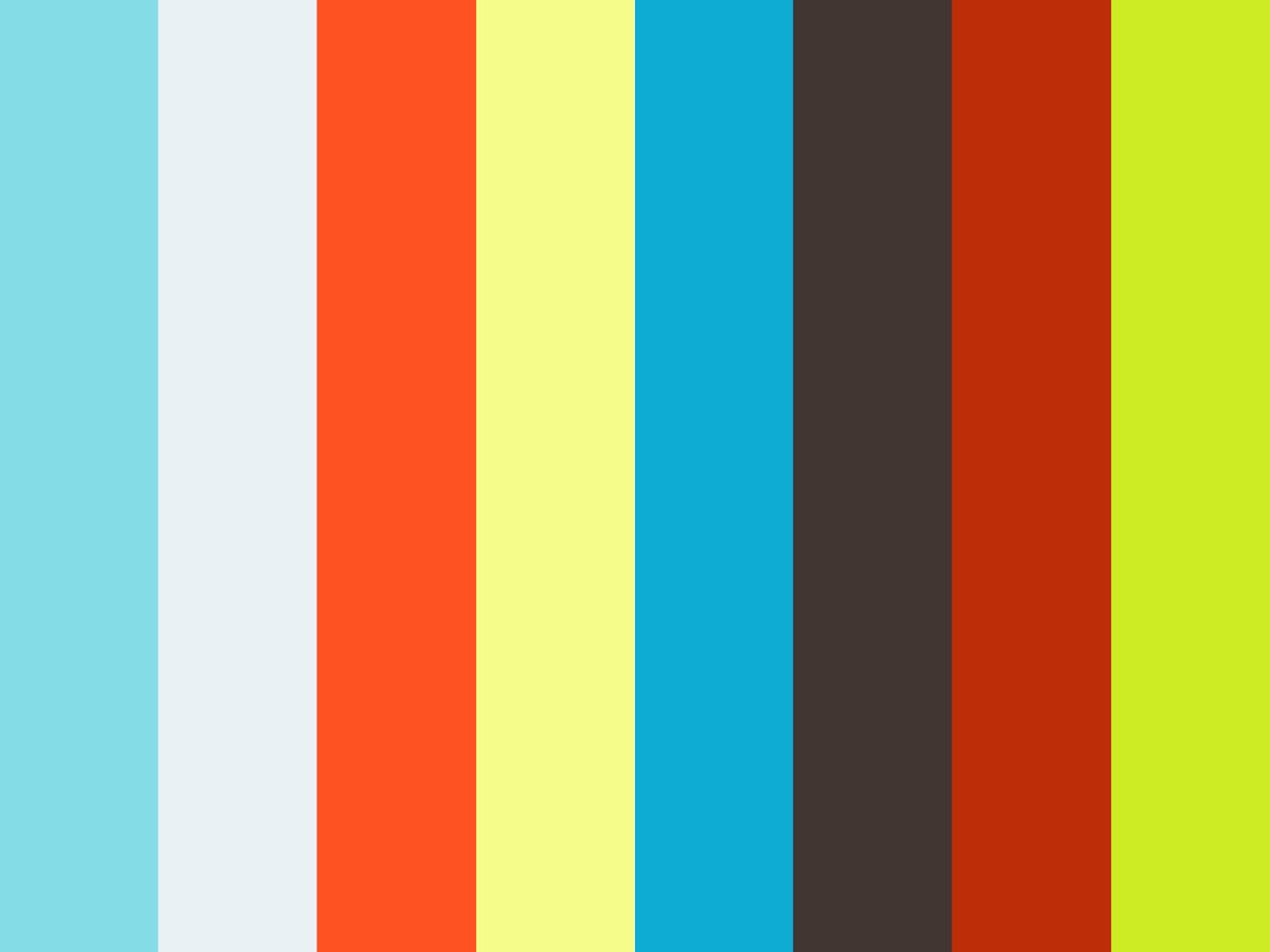Recently, I've been looking at how technology shapes our perceptions. The pinhole camera is based off the historical camera obscura, for example. The camera obscura can be made with a darkened room and a small hole to the outside world. The small hole will actually cause a projection into the dark room. This affect has been understood for centuries. Jonathan Crary, in his book, Techniques of the Observer, argues that the camera obscura stood for two centuries as the model for human vision, and as such, operated as a device for empirical thought and how observation leads to truthful inferences about the world. The demise of this paradigm by the nineteenth century meant that this former apparatus of truth now stood for a model of forces that conceal, invent and mystify.
In essays by Locke and Descartes, the relationship between light rays in the camera obscura, related to reason as the light of reason to the mind. The camera created order for the perceiver. These ideals underwent significant transitions during the nineteenth century however. Studies by Goethe and Schopenhauer revealed the sensory perception removed from external reference and provoke the realization subjectivity in observation.
It's interesting in this age of advance technology to think about how these tools shape our understand of the world now.

